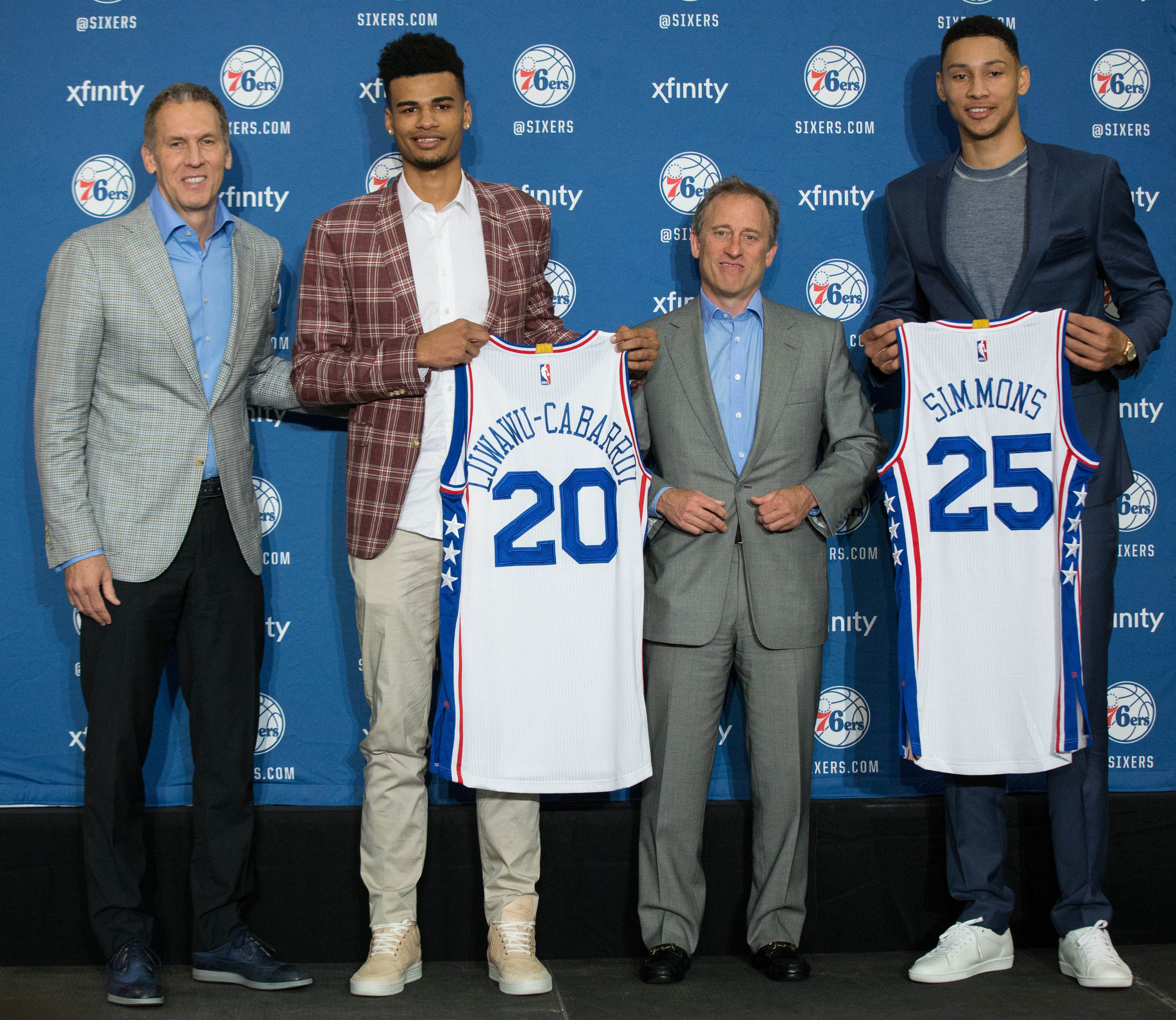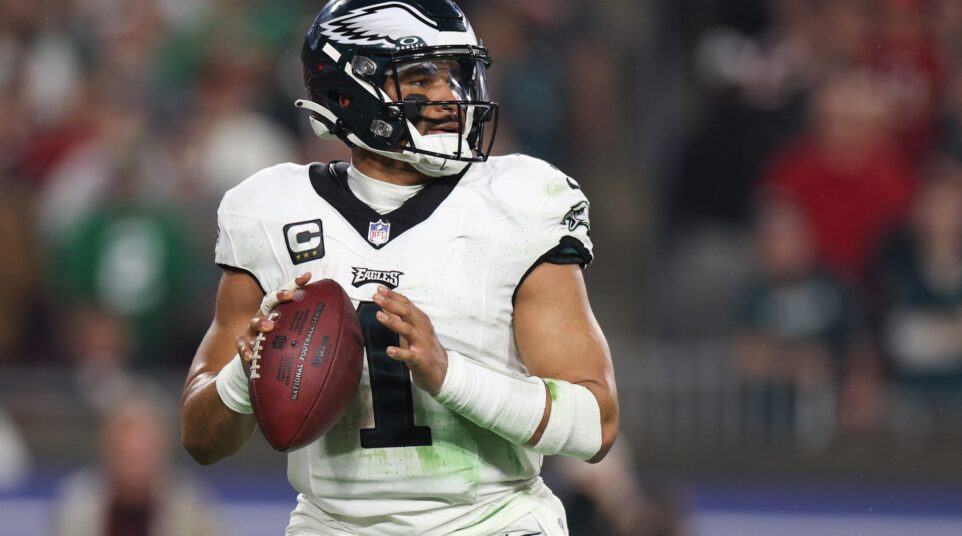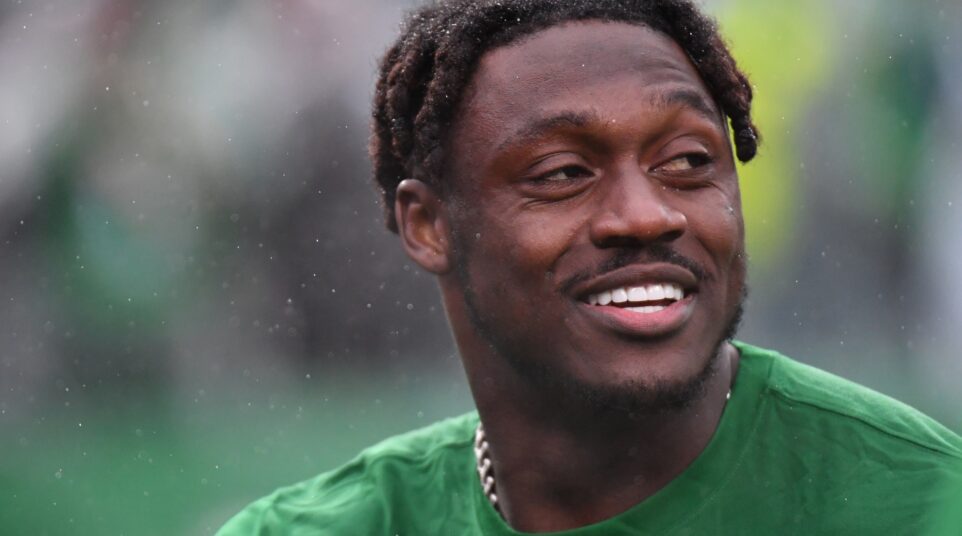
Letter of the Law
Mike McCann is Sports Illustrated’s legal analyst. He wrote up an interesting piece on the Bryan Colangelo burner account saga with good information on what might happen moving forward.
McCann starts by mentioning the possible use of company property, be it computers or mobile phones that might have been used to send the alleged tweets. That type of conduct would enable Sixers owner Josh Harris to fire Colangelo “for cause” due to behavior that directly harms the franchise.
He also talks about the nature of the Sixers’ investigation and suggests that it would make the most sense for the process to be as independent as possible, using “outside attorneys, with no ties to the team.” McCann explains that this would make it less likely that the NBA decides to get involved and do a league-run investigation. That’s how the Dallas Mavericks proceeded when allegations of workplace harassment surfaced back in February.
One of the more interesting passages is the description of how Adam Silver might get involved:
…there are two key provisions from the league constitution concerning a possible investigation into Colangelo and, by extension, the 76ers.
First, Article 35A of the constitution would authorize Silver to suspend Colangelo for any length of time and/or fine him up to $1 million. Such a punishment would be appropriate if Silver concluded that Colangelo engaged in “conduct prejudicial or detrimental to the Association.” Second, Silver could refer to Article 24, which contains the “best interests of the NBA” provision. It expresses that the commissioner is “charged with protecting the integrity of the game of professional basketball and preserving public confidence in the League.” The best interests’ provision makes clear that “when a situation arises which is not covered in the Constitution and By-Laws, the Commissioner shall have the authority to make such decisions, including the imposition of a penalty, as in his judgment shall be in the best interests of the Association.” Article 24 authorizes a suspension of any length, a fine of up to $2.5 million and the forfeiture of draft picks.
What about the tweets that involve trade or draft strategy? McCann says Pennsylvania’s “Uniform Trade Secrets Act” makes disclosure of classified information “unlawful misappropriation” and would make it “easier” for Harris to fire Colangelo with cause.
The other main angle is HIPAA, which is what we always navigate when trying to report on player injuries. The 1996 law prohibits the disclosure of medical files and healthcare information unless a patient agrees to it.
McCann explains:
HIPAA is likely not at issue here since Colangelo is almost certain not a “covered entity.” In 2002, the U.S. Department of Health and Human Services expressed that “professional sports teams are unlikely to be covered entities” under HIPAA and that “’even if a sports team were to be a covered entity, employment records of a covered entity are not covered.” Also, HIPAA does not provide a private right of action, meaning that no NBA player could sue on a HIPAA related claim against a team executive or a team itself. The U.S. Department of Health and Human Services enforces HIPAA by imposing fines and warnings
Although HIPAA is not at issue, it’s conceivable that a player targeted by Twitter accounts linked to Colangelo could consider an invasion of privacy or defamation lawsuit against Colangelo and the 76ers under Pennsylvania law.
None of this means anything if Colangelo never tweeted anything from the four burner accounts. Right now, the most interesting thing is going to be how the Sixers go about this and whether or not the NBA decides to get involved.
It’s a good read, give it a glance:
The Potential Legal Consequences of Bryan Colangelo’s Twitter Controversy




